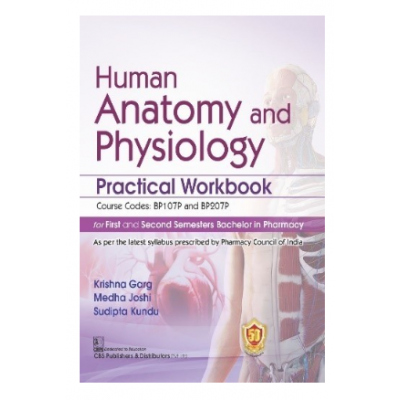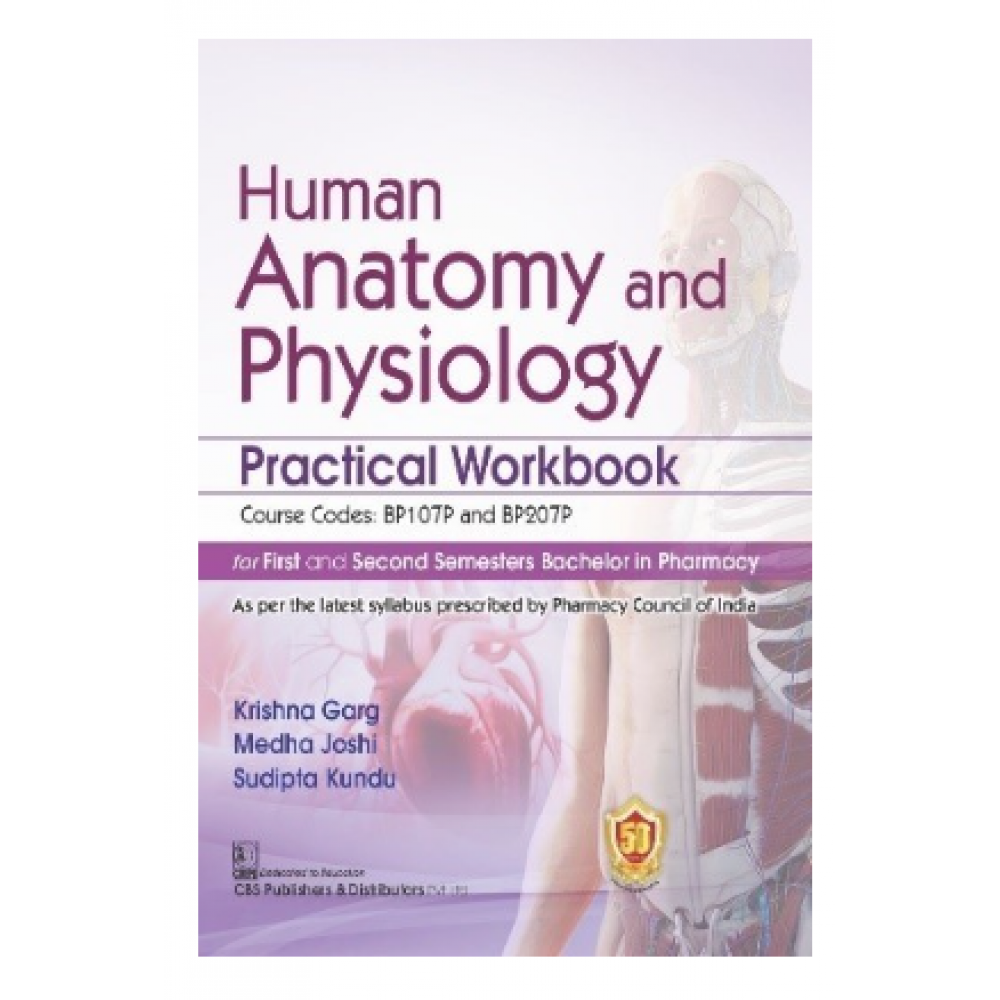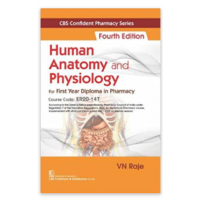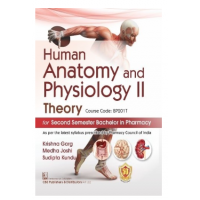The section on practicals of physiology includes introduction to hemocytometry, counting of RBC, WBC; determination of bleeding and clotting time; estimation of hemoglobin; determination of blood group, erythrocyte sedimentation rate (ESR), heart rate, pulse rate; and lastly recording of blood pressure.
Anatomy part of practicals for Semester II students gives the diagrams of digestive, respiratory, cardiovascular, urinary and reproductive systems: The structures in these illustrations have to be studied and learnt with the help of the text from the main textbooks. Histological slides of vital organs like heart, lung, liver, kidney, cerebrum, cerebellum, ovary, testis with three points of identification have to be studied. These histological slides should also be viewed under the microscope.
Physiology practicals include study of diagrams of integumentary system, special senses, nervous system, endocrine system, family planning devices and pregnancy diagnosis tests, demonstration of general neurological examination, function of olfactory nerve, visual acuity, reflex activity, positive and negative feedback mechanism.
Examination of different types of tastes, determination of tidal volume and vital capacity, recording of basal mass index and body temperature, demonstration of total blood count by cell analyser are also included




.jpg)

